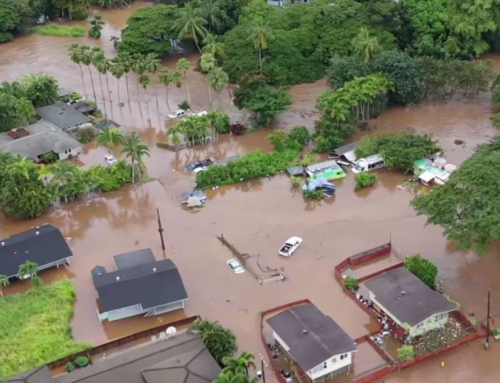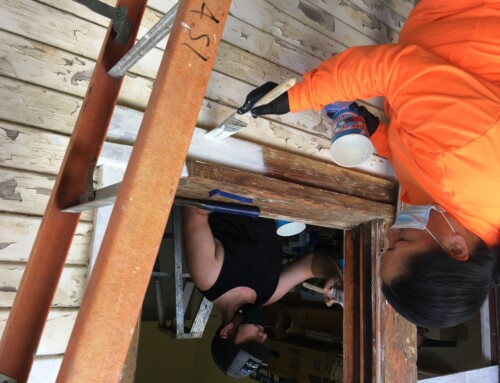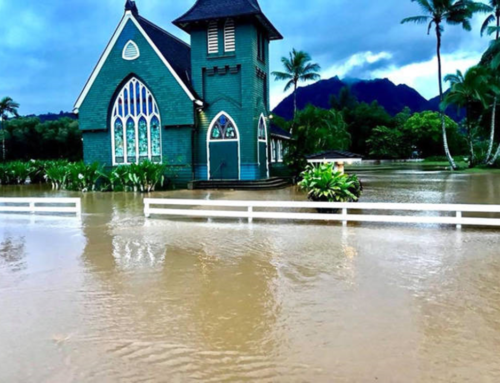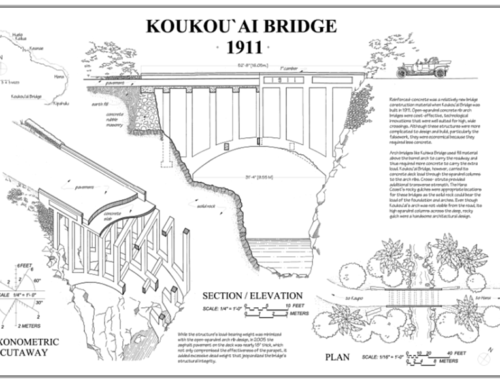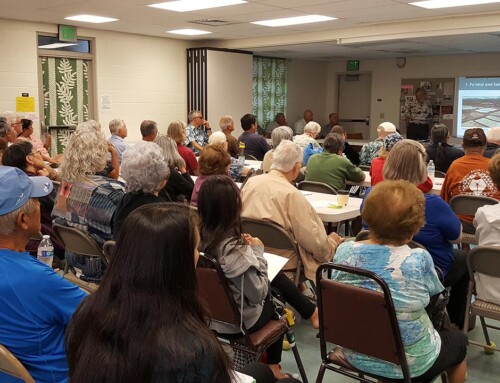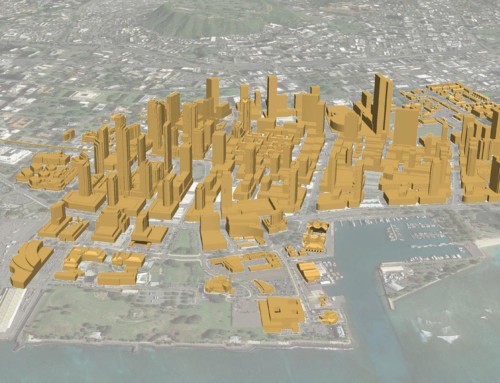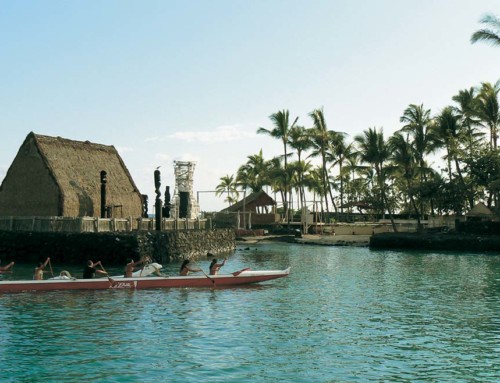By Peter Apo, Trustee, Office of Hawaiian Affairs
The good news is that the economic impact of Hawaii’s film industry generated 250 million dollars in direct in-state spending in 2012. When the multiplier of residual spending is calculated, the industry weighed in at $400 million in economic impact.
The caution is that as the industry grows, so does the demand for film locations. The imminent challenge upon us is that our island landscapes and culturally important historic properties are more frequently coming under siege as film crews work with scripts that tempts film producers to want to alter or otherwise impact these precious environments in ways that threaten the cultural and historic integrity of the site without proper monitoring. The worst case is if the site is impacted some way that renders the altered or impacted condition irreparable or requires a long recovery time.
While I am a new observer to industry growth, I know enough about stewardship of Hawaii’s historic and cultural resources to comment that there’s an immediate collective challenge for the state, the counties, and private land owners, who have kuleana (responsibility) over historic and cultural properties to get on the same page with a much better articulated system of protocols and compliance monitoring that helps the industry grow in ways that are community friendly and sustains goodwill.
Raising the public policy bar on the joint stewardship of these precious spaces begs for action. The properties function as time tunnels of our community heritage and remains fundamental to our psyche as being people of Hawai‘i and they are too important to sacrifice to the whims or short-term goals of any industry. A heightened stewardship model should start with far more state support of the Hawai‘i Film Office whose $175,000 annual operating budget (salaries not included) appears to be a desperately low ratio when contrasted to the $400 million goliath the industry has become. The Film Offices operated by each County are also in need of additional support.
Two other important institutions critical to the stewardship equation are the State Historic Preservation Division and the Historic Hawai‘i Foundation. It would seem to this writer a good idea to shape an opportunity for leaders of these 7 organizations to dialogue toward a puwalu (conference) to address the challenge of articulating a comprehensive set of official guidelines and a compliance strategy for location filming. It would seem a good idea for the Office of Hawaiian Affairs and the Hawai‘i Tourism Authority to fund such a conference as consistent with their individual mission. Perhaps the Historic Hawai‘i Foundation and the Hawai‘i State Film Office would assume the role of co-convenors.
In the meantime, if you need assistance in navigating a request to use your property as a film location, I recommend you call the Hawaii State Film Office (808-586-2570 or www.hawaiifilmoffice.com) as your first step. Finally, remember the one overarching guideline…leave it better than you found it.
Tips for Owners of Historic Properties Used for Film Productions
- Know who you are dealing with, and be sure that it is a reputable location manager.
- Watch them (stay on site) and make sure everything is returned to original condition. Take before and after photos for reference.
- Know the scale of production. Larger productions (with hundreds of cast and crew, like for TV or film) will have a greater impact than small productions (such as still photography for print ads).
- Ensure that the location use agreement or contract includes stipulations to protect historic features and characteristics from damage or harm. These may include prohibitions against making structural changes such as adding or removing building components, changing windows or doors, grading in sensitive locations, or altering features that are part of the architectural or archaeological fabric.
- Include requirements in the use agreement to protect finishes and fixtures, such as requiring crews to bring ladders and lifts so existing fixtures and furniture are not used for support; furniture pads and protection materials must be placed under all equipment; light stands must have plastic or rubber tips; fogging, combustive, heat or moisture producing special effects should not be used indoors in sensitive locations; and no materials shall be attached, fused or nailed to architectural surfaces.
- Require crews to return the site or building to as good or better condition as it was prior to use, including that any improvements adhere to the Secretary of the Interior Standards for the Treatment of Historic Properties.


